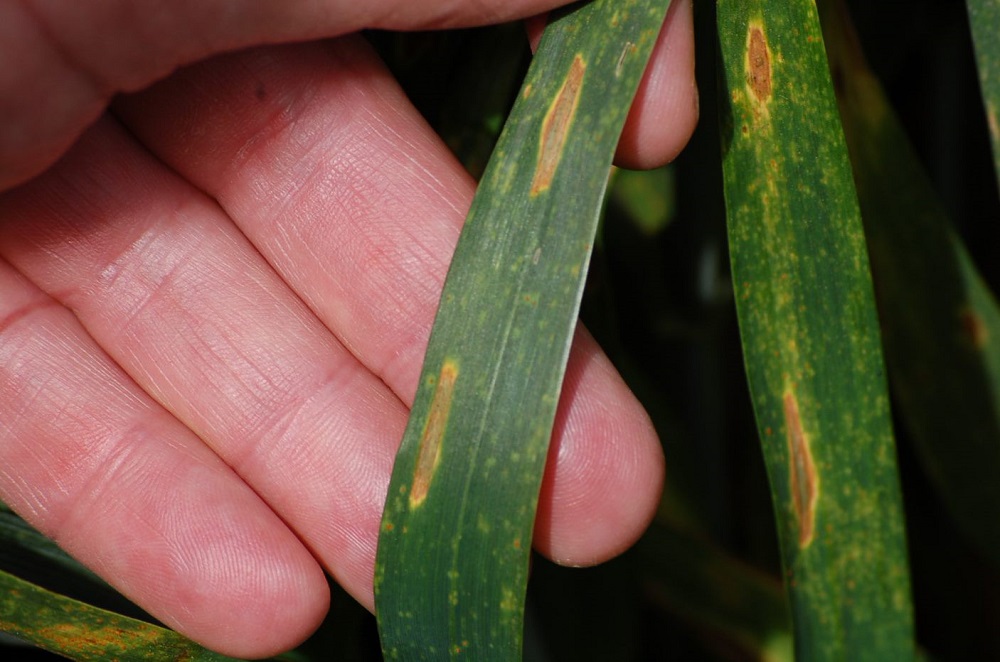- Home
- Knowledge library
- Azole and SDHI fungicide sensitivity monitoring of septoria populations (2011–19) and development of tools to rationalise fungicide programmes to control cereal diseases
Azole and SDHI fungicide sensitivity monitoring of septoria populations (2011–19) and development of tools to rationalise fungicide programmes to control cereal diseases
Summary
Septoria tritici, also known as septoria leaf blotch or septoria tritici blotch (STB), is caused by the fungus Zymoseptoria tritici (aka Mycosphaerella graminicola). Prevalent since the early 1980s, it is the most important foliar disease of UK wheat (Bearchell et al., 2005).
The pathogen is able to develop resistance to foliar fungicides routinely used for its control (Lucas et al., 2015). Resistance to methyl benzimidazole carbamate (MBC) and Quinone outside Inhibitor (QoI) fungicides developed rapidly and survey data over the past 20 years shows a gradual erosion of azole efficacy against STB (Gisi et al., 2005; Clark, 2006).
A key question is whether this erosion is likely to continue or even accelerate with the increased use of azole fungicides to control Septoria. A new generation of succinate dehydrogenase inhibitor (SDHI) fungicides have recently been introduced and are also at risk for resistance development, due to its single site mode of action. A better understanding is needed about the risk of resistance development to SDHIs and further erosion of azole efficacy and what strategies can be undertaken to slow down resistance development to azole and SDHI fungicides.



